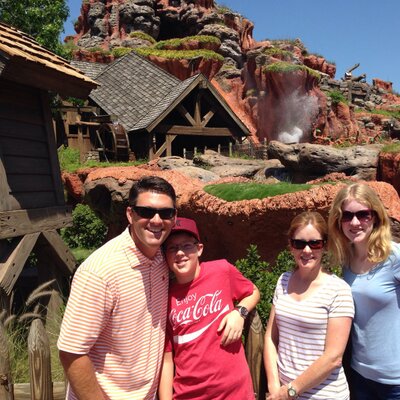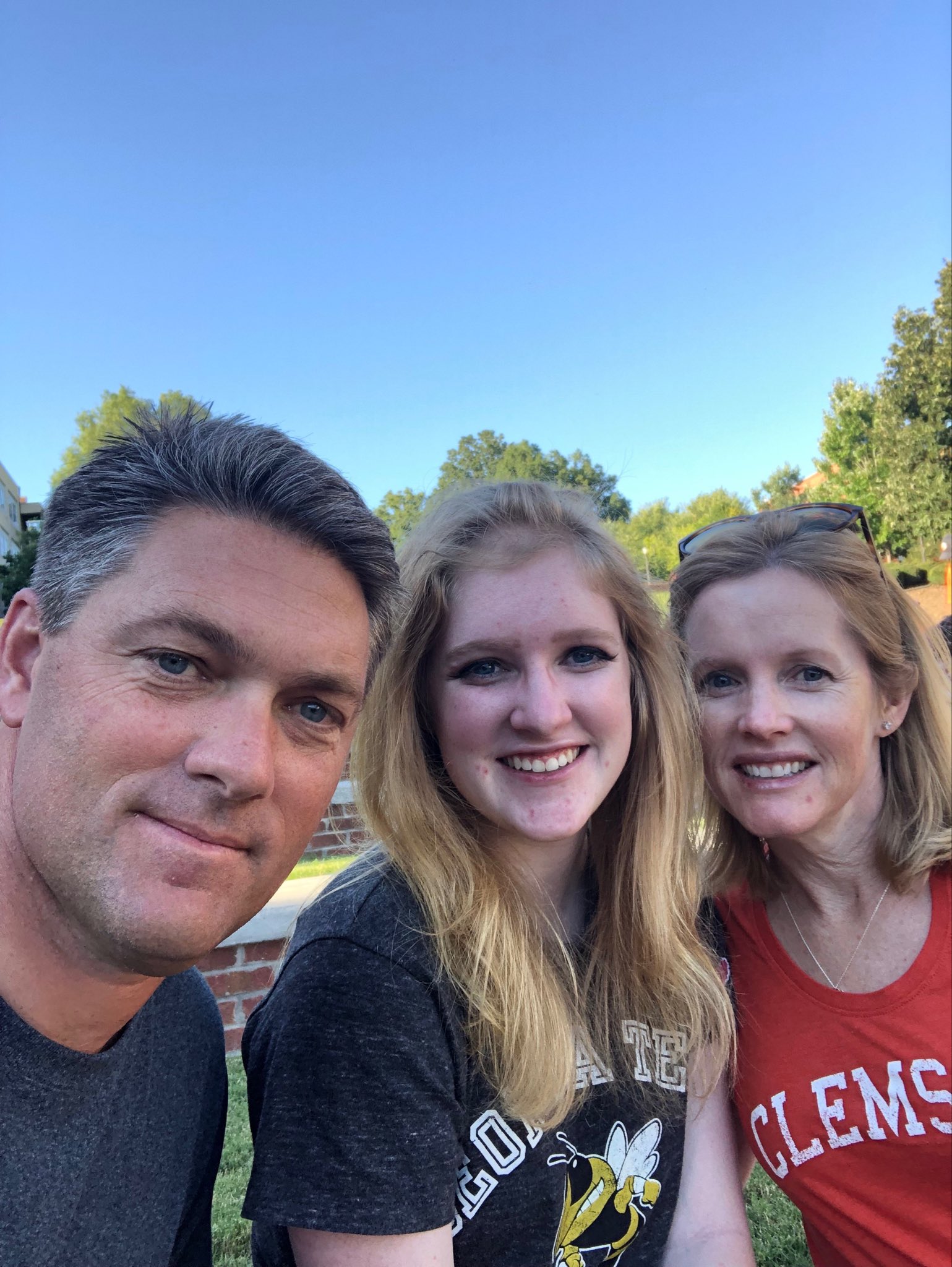Ah, Ken Weyand. That name definitely rings a bell, takes me back a few years. It wasn’t a person I worked with directly, not in the traditional sense. It was more like… I stumbled into his world, his so-called revolutionary methods, and boy, did I get a story out of it. It’s one of those things you try, thinking it’ll be the next big thing, and then, well, life happens.

My Little Experiment with the “Weyand Philosophy”
So, there I was, looking for fresh ideas for a particularly stubborn project. We were stuck, morale was a bit low, and I came across some articles, some talks, I think, by this Ken Weyand. He had all these grand ideas about workflow, team dynamics, the whole shebang. It sounded slick, persuasive. You know how it is when you’re desperate for a solution – everything shiny looks like gold.
I decided, “Okay, let’s dip our toes in.” We couldn’t go full Weyand, whatever that meant, but I figured we could try implementing a couple of his core principles on a smaller scale. We picked a pilot team, working on a new feature module. I briefed them, we all read up a bit, and off we went, full of, well, cautious optimism, I guess.
Walking the Weyand Walk… or Stumble
The first thing we tried was his “Hyper-Focus” technique. Sounded sensible: dedicate specific, uninterrupted blocks of time to single tasks. Easy, right?
- Day 1: We all blocked out our calendars. Turned off notifications. The silence was golden. For about an hour. Then reality hit. Urgent emails piled up. Other teams needed input. The “hyper-focus” bubbles burst pretty quick.
- Day 3: We were trying to enforce it. People got antsy. Some felt isolated, others felt like they were ignoring critical stuff. Productivity actually dipped because everyone was stressed about not being productive in their focus blocks.
- Then came “Idea Osmosis”: Another Weyand gem. Basically, everyone throws raw ideas into a shared digital space, no filter, no judgment, and brilliance is supposed to just… emerge. Our shared space became a chaotic mess of half-baked thoughts, random links, and a few good ideas buried so deep you’d need a search party. Sorting through it became a full-time job nobody wanted.
We kept at it for a couple of sprints. I really wanted to give it a fair shot. I charted progress, or the lack thereof. I held meetings to discuss how we could “better implement” Weyand’s vision. Looking back, I was trying to fit a square peg in a round hole.
The Unsurprising Outcome
Well, you can probably guess how this “experiment” ended. The feature module was delayed. Not massively, but enough to notice. The team wasn’t exactly thrilled. They felt more confused and less empowered than before we started this whole Ken Weyand adventure. The real kicker for me was during a retrospective. One of the quietest engineers on the team finally spoke up and said, “Can we just go back to talking to each other and using the whiteboard? That actually worked.”

And just like that, the spell was broken. We ditched the formal Weyand principles. We went back to basics: clear communication, realistic planning, and trusting the team to manage their own focus and collaboration. Things immediately started to improve.
My “practice” with Ken Weyand’s ideas wasn’t a total loss, though. It taught me a valuable lesson: there are no universal miracle cures. What sounds fantastic in a keynote or a book often crumbles when it meets the messy reality of actual work and actual human beings. Sometimes, the best “methodology” is the one you build yourself, with your own team, based on what truly works for you. So yeah, Ken Weyand. An experience, for sure.
